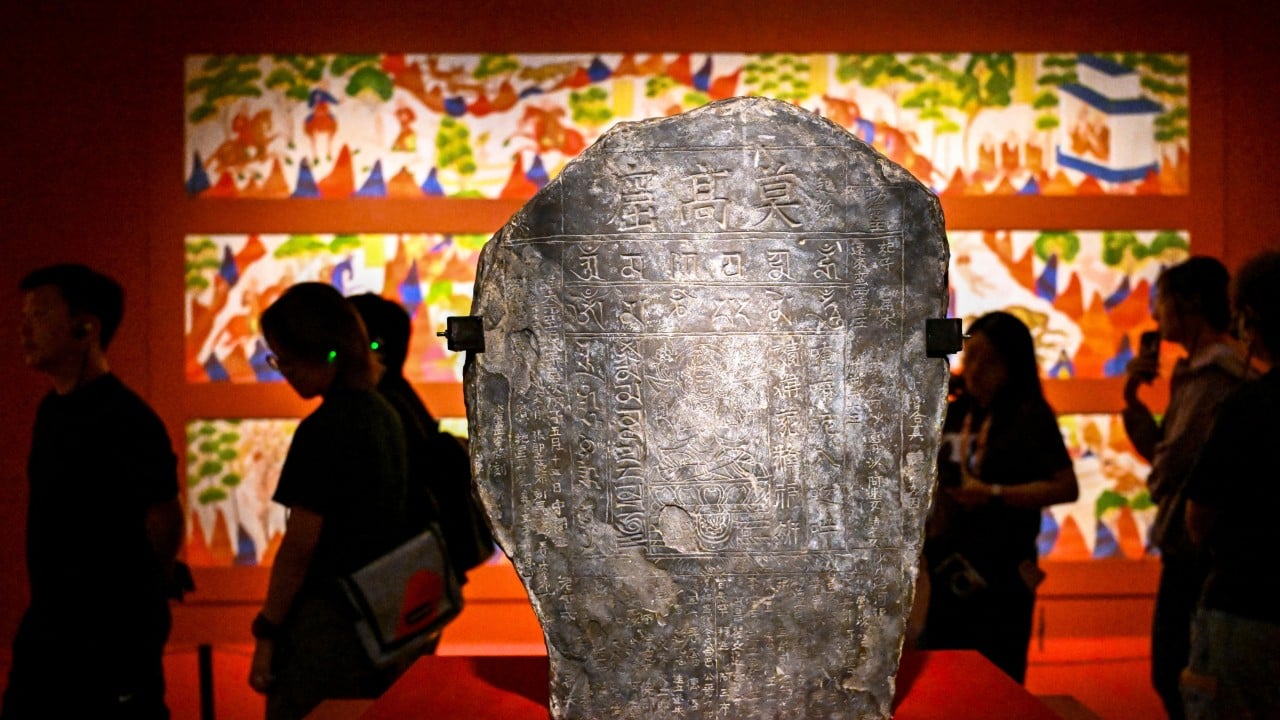Published: 1:00pm, 22 Sep 2024Updated: 1:01pm, 22 Sep 2024
The ancient city of Dunhuang, which for centuries welcomed Western merchants travelling along the legendary silk road to China, could be a “perfect platform” to improve China-US relations, according to an American research professor.
Advertisement
Neil Schmid is the first and only Western scholar hired by the Dunhuang Academy in northwest China’s Gansu province to study the nearby Mogao Caves, also called the Thousand Buddha Grottoes. He is convinced the site’s past provides a basis for modern cultural exchanges.
While the caves – the oldest of which date to AD366 – are celebrated for their invaluable insights into the history of Buddhism, they also feature artwork and texts from Confucian, Taoist, Christian and Hebrew traditions.
Advertisement
The diversity of the artefacts reflect Dunhuang’s status from the 2nd century until its decline in the 11th century as a melting pot of ideas, religions and art.
In the countless hours Schmid has spent in the caves since joining the academy in 2018, he has been struck by the diversity of religions and cultures represented in their many artistic layers. “And it is not one culture or religion that dominates,” he said.

